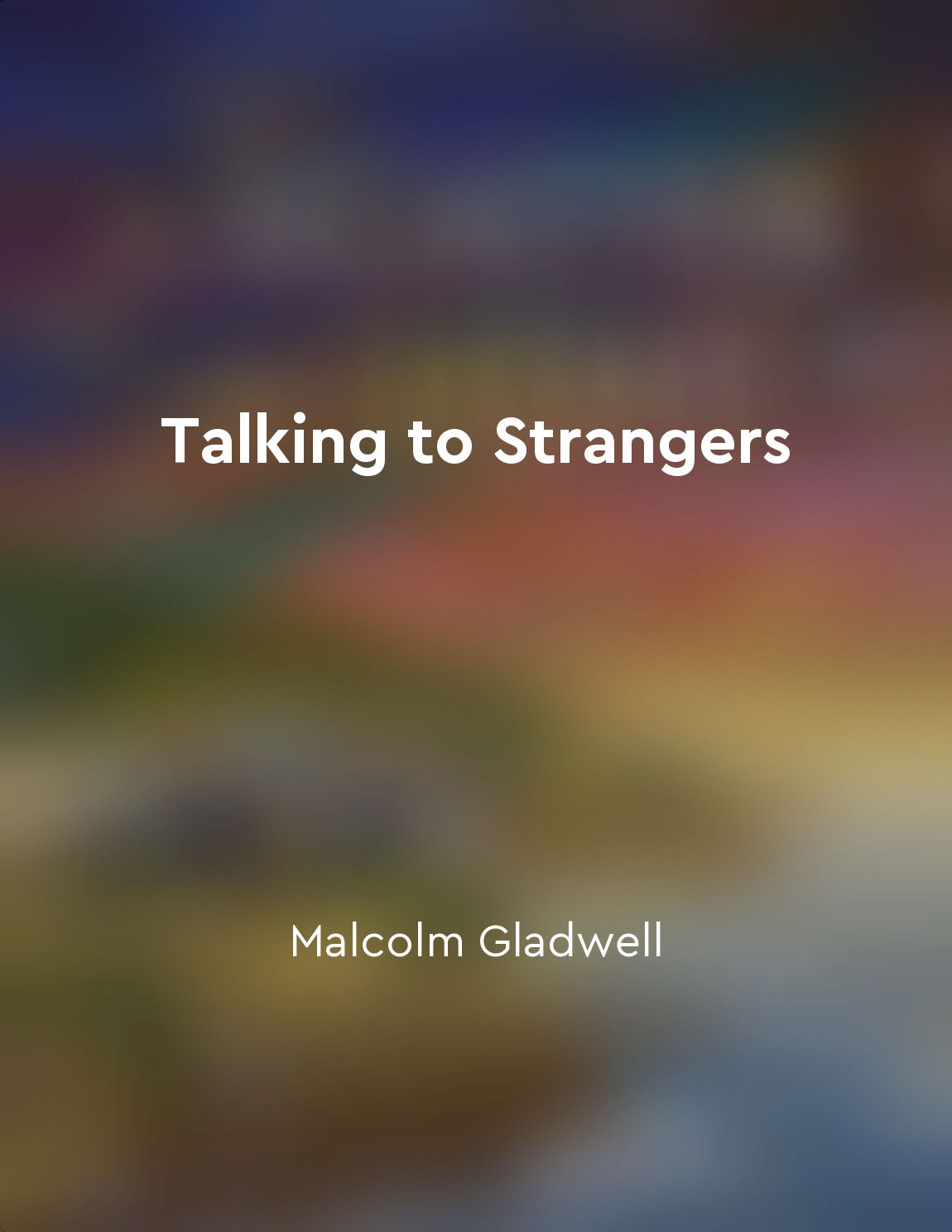Adapt your message to the cultural context of your audience from "summary" of Words that Change Minds by Shelle Rose Charvet
When communicating with others, it is crucial to consider the cultural context of your audience. Different cultures have unique values, beliefs, and communication styles that can greatly influence how your message is received. By adapting your message to fit the cultural norms of your audience, you can increase the likelihood of your message being understood and accepted. In some cultures, direct communication is preferred, while in others, indirect communication is more common. For example, in some cultures, it is important to speak openly and honestly, while in others, it is considered more polite to hint at things rather than stating them directly. By understanding these differences and adjusting your communication style accordingly, you can avoid misunderstandings and build stronger relationships with your audience. Additionally, different cultures may have varying preferences when it comes to nonverbal communication. Gestures, facial expressions, and body language can all convey different meanings depending on the cultural context. By being aware of these differences and adjusting your nonverbal cues to align with the cultural norms of your audience, you can ensure that your message is being received as intended. Moreover, cultural differences can also impact the way in which information is organized and presented. Some cultures may prefer a more linear approach to communication, while others may be more comfortable with a more circular or holistic style. By tailoring your message structure to match the preferences of your audience, you can enhance their understanding and engagement with your message.- Adapting your message to the cultural context of your audience is essential for effective communication. By considering the unique values, beliefs, communication styles, and preferences of your audience, you can increase the impact and effectiveness of your message. Remember to be mindful of cultural differences in both verbal and nonverbal communication, as well as in the organization and presentation of information. By doing so, you can build stronger connections with your audience and ensure that your message resonates with them on a deeper level.
Similar Posts
Empathy allows for deeper connection and mutual understanding
Empathy is a powerful tool that can help us forge deeper connections with others and truly understand their perspectives. When ...
Respecting individual differences
Respecting individual differences means recognizing and honoring the unique qualities and characteristics that make each person...
Training programs should be tailored to meet organizational needs
Organizations today face a myriad of challenges in the dynamic business environment. In order to address these challenges effec...
Nonverbal cues can influence perception and decisionmaking
The way we communicate nonverbally can have a significant impact on how others perceive us and the decisions they make about us...

Stereotypes can distort our perception of strangers
Imagine a world where we could accurately judge people at first glance. A world where we could look at someone's face and know ...
The tone of voice impacts message delivery
The way in which the words are spoken can greatly influence how a message is perceived by the listener. The tone of voice used ...
Influence can be learned and mastered
The idea that influence can be learned and mastered is a powerful concept that can have a significant impact on our ability to ...
Expressions for expressing surprise or disbelief
When someone is taken aback by something unexpected or difficult to believe, they may use a variety of expressions to convey th...
Conflict resolution requires effective communication
Communication is at the heart of resolving conflicts in the workplace. Effective communication is essential in addressing confl...

Show empathy and understanding
To truly connect with others and make a lasting impression, it is essential to show empathy and understanding. This means putti...

